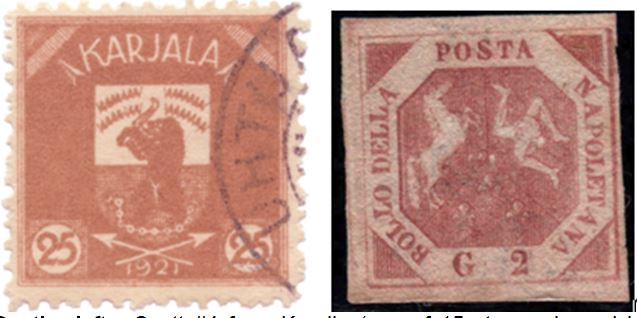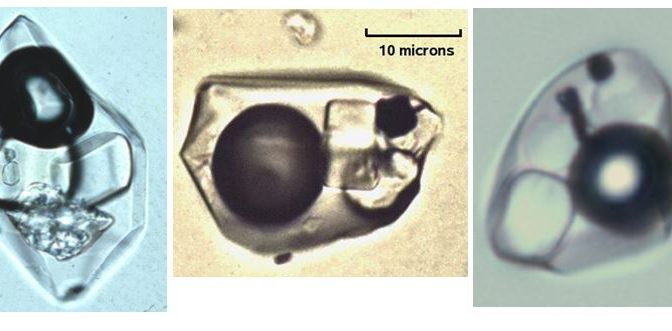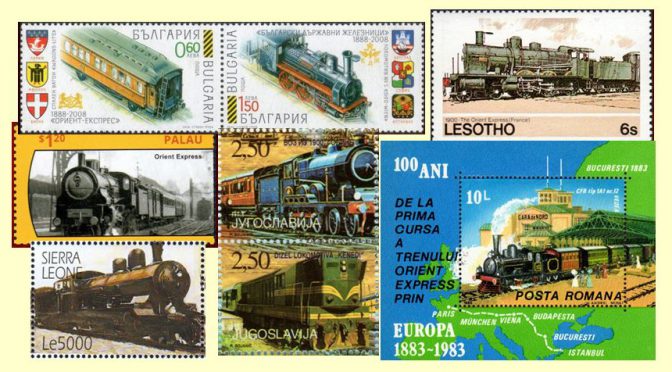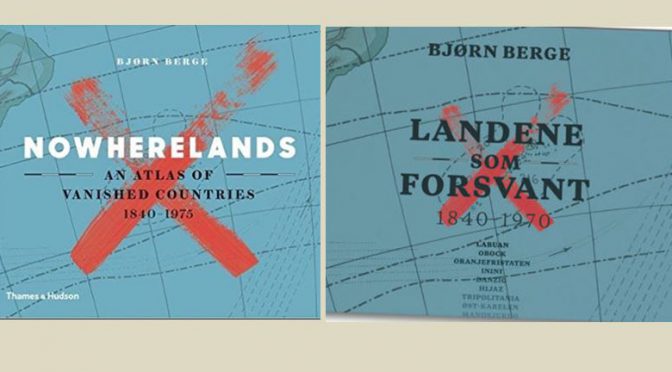Some rockhounds like to collect rocks and minerals the size of small cars, or at least motorcycles. You know who you are (and so do the rest of us!). Others settle for samples that can be carried, a size that seems to decrease with each collecting season. But we also know of those who collect thumbnail specimens (less than 1”) and stick them into tiny boxes. There are even folks who like to collect specimens that require microscopes to be seen; these collectors are called micromounters. But I am going to tell you a bit about some “mineral specimens” that are even smaller. And I am even going to make up a new name for them. I am calling them micro-micro minerals.
Monthly Archives: January 2018
Orient Express on Postage Stamps
Topical or thematic stamp collecting is a tremendous way to diversify and expand one’s special interest. For me of course, this takes me to minerals, fossils, geology. etc. and the thousands of worldwide stamps carrying such images. But another collector in the Rochester Philatelic Association (RPA) with an interest in trains and the use of the railroad in postal history took his topical collecting in a different direction. The following is a review of his presentation to the Rochester Club in January.
Nowherelands: A Book Review
In winter I spend a little time with my second hobby: philately. In addition to topical stamps bearing minerals and fossils, I also like to learn about forgotten and defunct places. Often stamps help tell that story. I am not alone with this interest among members of the Rochester Philatelic Association. In October of 2015, Steve Eisinger entertained us with his presentation entitled “Confusing, Obscure, Bizarre and Defunct Countries – Their Coins and Stamps”: fascinating stories about forgotten places.
And now, for all of us who enjoyed Steve’s presentation, there is a new philatelic book with the same theme. “Nowherelands- An Atlas of Vanished Countries 1840-1975” reviews the history and geography of some 50 vanquished countries through the eyes of the country/kingdom’s stamp issues. The author, Bjorn Berge, is a Norwegian philatelist with a keen interest in history, a tireless commitment to research, and a ability to craft a relevant and enjoyable story.
The book was first published in Norwegain in 2016 with the title Landene som Forsvant. In late 2017, an English translation became available online.
Bjorn Berge notes in his introduction, “The stamps serve as the core evidence, providing concrete proof that the countries did in fact exist.” Countries such as Karelia (now part of Russia) that existed only for 17 days in 1922. Not much time to form much of a government, but apparently enough time to issue a postage stamp (heck 15 of them!), thereby insuring its immortality, at least to philatelists. Or the Kingdom of Two Sicilies which united the Kingdoms of Sicily and Naples from 1815-1860 and issued a set of stamps depicting the kingdom’s coat of arms stamps in 1858. And then there is Inini, Biafra, Nandgaon, Obock, Upper Yafa, and this list goes on. Each entry includes a map, a bit of history, and the story behind the designs of the stamps.

On the right: Scott #3 issued in 1858 by the independent kingdom of Two Sicilies.
The book received a positive review by Phillip Coop in the January 2018 issue of The New CartoPhilatelist, the journal of the ATA Study Unit of Maps on Stamps, and by Angela Riechers in the online October issue of Print Magazine. The 200 page book can be obtained from Amazon online for less than $20.
Full reference:
Berge, Bjorn, 2017, Nowherelands – An Atlas of Vanished Countries, 1840-1975, Thames and Hudson, 200 p. (originally published in Norwegian in 2016)


